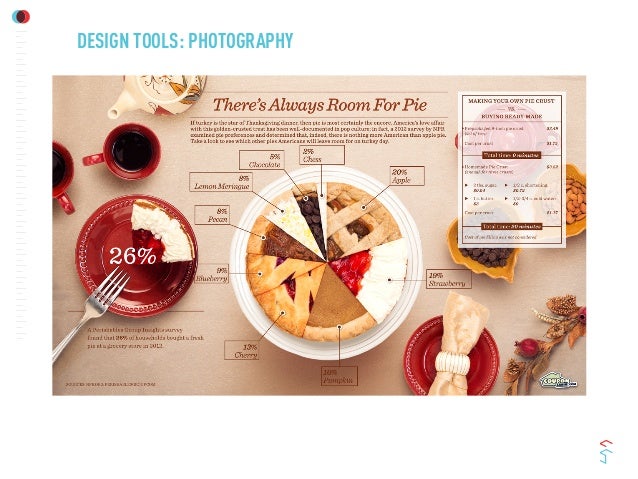Photography Tips For Beginners: Mastering Your Cam In No Time At All
Photography Tips For Beginners: Mastering Your Cam In No Time At All
Blog Article
Material By-Weber Elmore
When you first grab your cam, it can really feel frustrating with all the setups and options offered. You could find yourself wondering just how to navigate aperture, shutter speed, and ISO successfully. Understanding these basics is critical, however there's more to photography than simply technical knowledge. Recognizing structure strategies and lights conditions can elevate your pictures significantly. So, what happens if you could find out simple techniques to improve your skills and begin recording remarkable pictures earlier than you assume? Allow's check out exactly how to transform your digital photography trip.
Comprehending Electronic Camera Settings
Understanding your video camera setups is vital for capturing stunning images. When you get your cam, familiarize on your own with the three primary settings: aperture, shutter rate, and ISO. https://postheaven.net/fredric82albertine/essential-digital-photography-gear-what-you-truly-required-to-get-going plays an important role in exactly how your photos end up.
Start with aperture, which manages the amount of light entering the lens. A larger aperture (reduced f-number) lets in a lot more light and creates a beautiful background blur, best for pictures. Alternatively, a narrower aperture (higher f-number) keeps even more of the scene in emphasis, suitable for landscapes.
Next off, focus on shutter rate. This setup determines for how long your electronic camera's sensor is revealed to light. A quick shutter rate freezes activity, which is terrific for activity shots, while a sluggish shutter rate can create magnificent effects like smooth water in landscapes.
Last but not least, readjust your ISO. This setup impacts your camera's level of sensitivity to light. A greater ISO is useful in low-light circumstances but can present sound or grain. Aim for the lowest ISO feasible while still accomplishing proper exposure.
Composition Methods
When you're out shooting, composition can make all the distinction in just how your images reverberate with audiences. Beginning by using the guideline of thirds; visualize your framework separated into nine equal areas with two horizontal and two vertical lines. Setting crucial elements along these lines or at their crossways to create balance and passion.
Next, consider leading lines. http://gillian47krissy.xtgem.com/__xt_blog/__xtblog_entry/__xtblog_entry/37559557-break-without-conventional-advertising-and-marketing-techniques-and-find-innovative-strategies-to-elevate-your-photography-solutions-your-next-huge-customer-could-be-simply-around-the-bend?__xtblog_block_id=1#xt_blog -natural lines in your scene, like roadways or rivers, draw the audience's eye into the photo, directing them through the tale you're telling.
Don't ignore framing; usage elements within your scene, like trees or windows, to create a frame around your topic, adding deepness and emphasis.
Likewise, keep an eye on your history. A chaotic background can sidetrack from your primary topic, while a basic one aids it attract attention.
Finally, try out symmetry and patterns; they can create a striking image that catches focus.
Learning Lighting Conditions
Understanding illumination conditions is crucial for catching magnificent pictures, as the right light can transform a common scene into something extraordinary.
Start by observing all-natural light at various times of the day. Early mornings and late afternoons offer the best light, called the golden hour. The soft, cozy tones throughout these times can improve your images wonderfully.
Do not shy away from overcast days either; diffused light can reduce extreme shadows and develop a pleasing impact, particularly for portraits.
Trying out backlighting by positioning your subject against the light source. see here now can produce a wonderful halo result and add deepness to your images.
Take note of your electronic camera settings also. Readjust the ISO, aperture, and shutter rate to fit the illumination conditions. A higher ISO can help in low light, but beware of grain.
Use a tripod in darker environments to avoid blur.
Last but not least, don't neglect fabricated illumination. Flash and continual lights can be wonderful tools for controlling light in challenging conditions.
Conclusion
In conclusion, mastering your video camera doesn't have to be overwhelming. By understanding your settings, using structure strategies, and using the power of all-natural light, you'll swiftly elevate your digital photography abilities. Remember, exercise makes perfect, so get out there and experiment with your newfound understanding. With time and commitment, you'll be capturing stunning pictures that mirror your special viewpoint. Take pleasure in the journey, and don't fail to remember to have a good time while you're at it!
